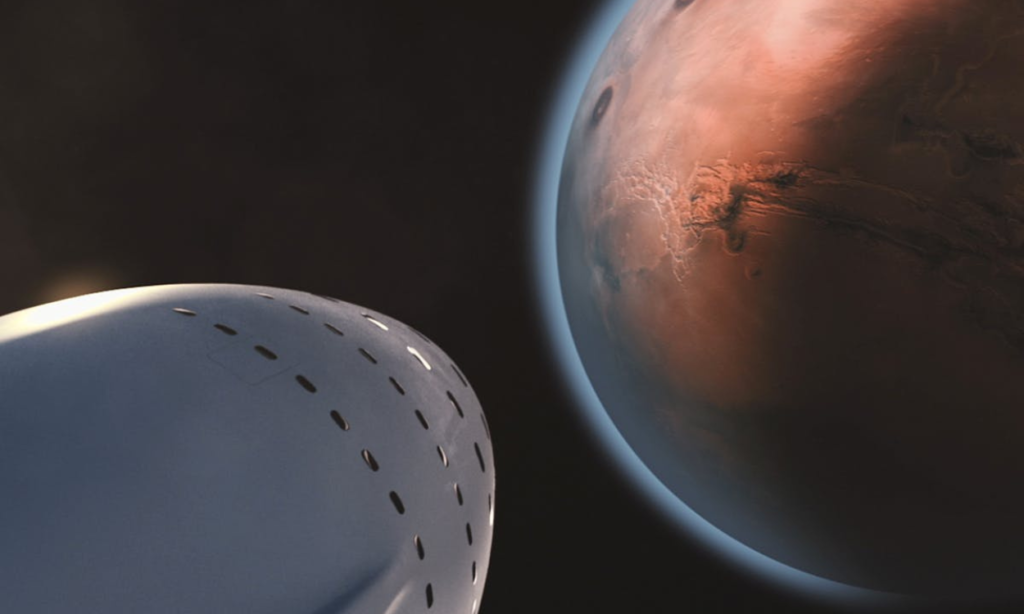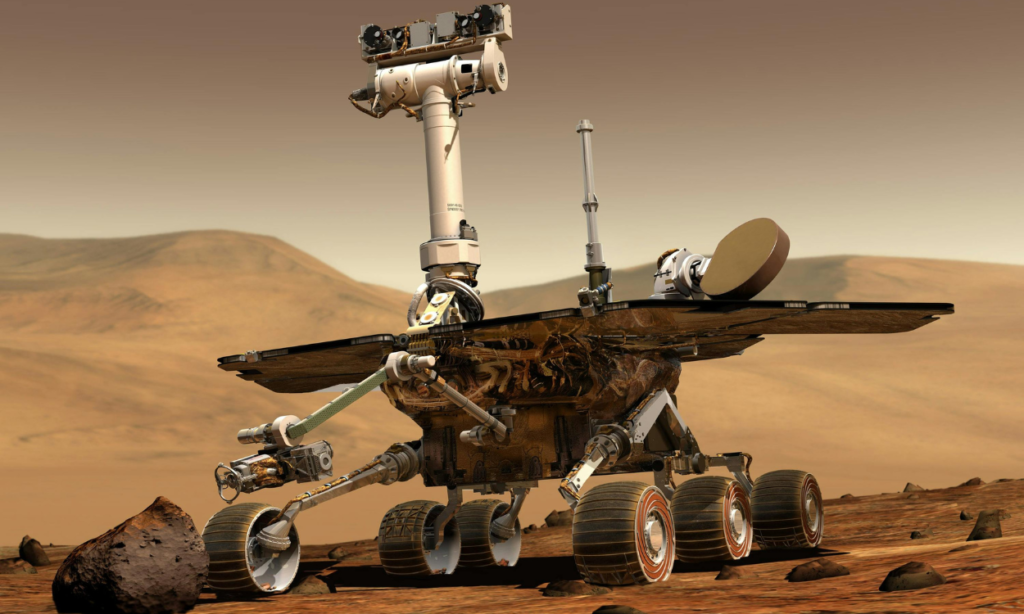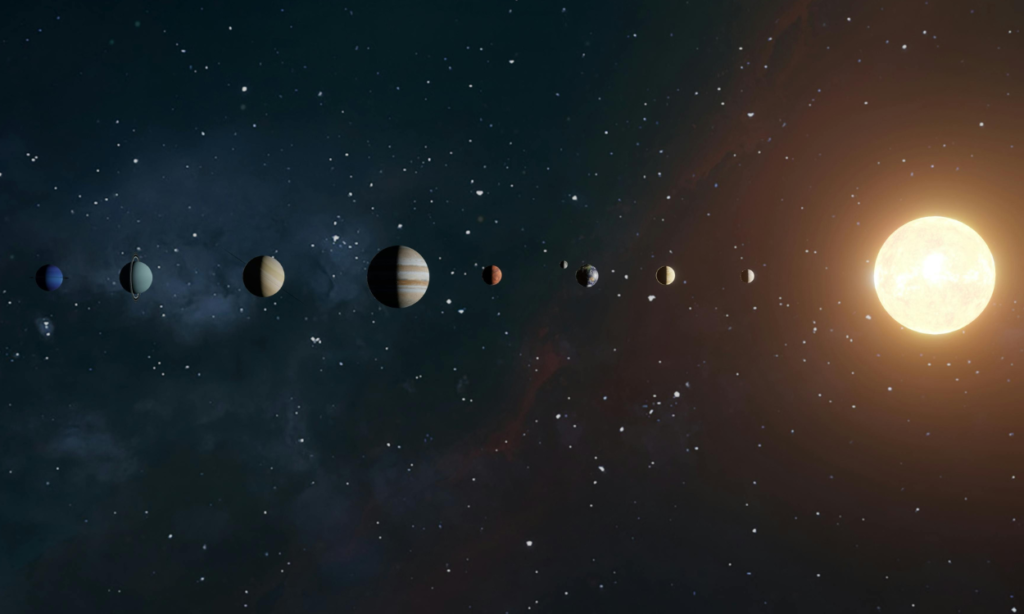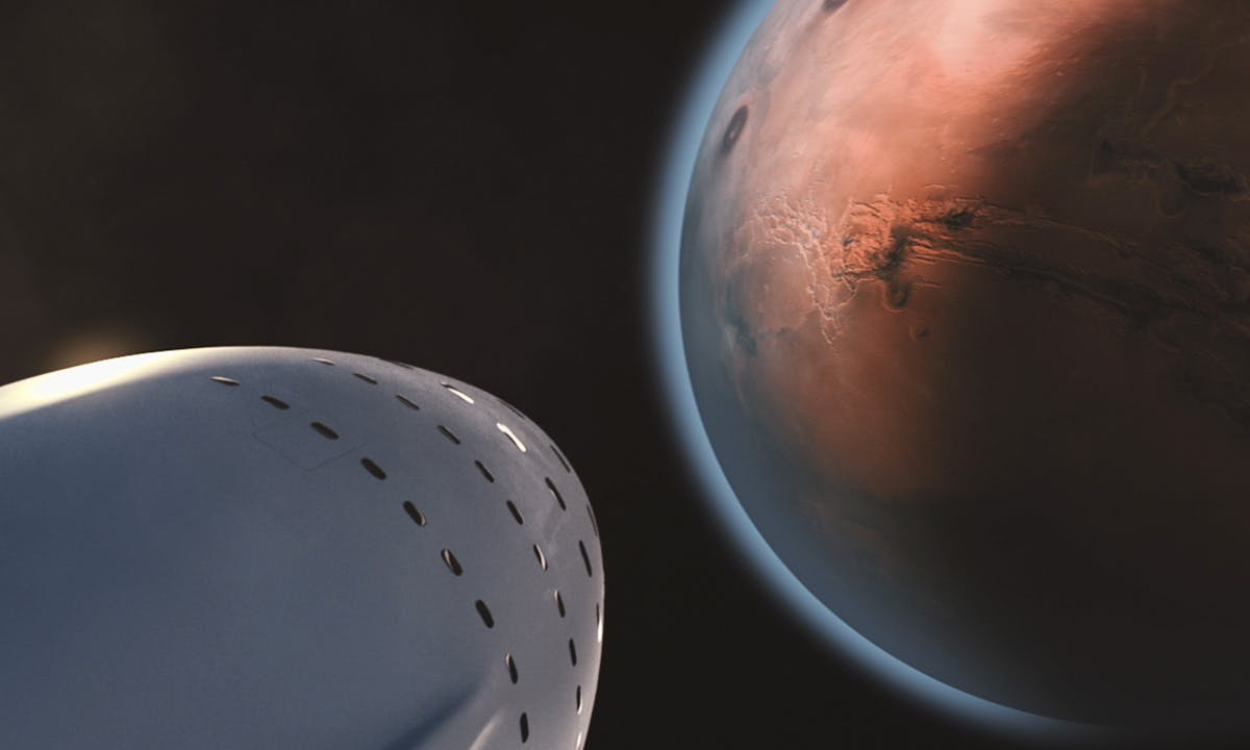Mars, often referred to as the Red Planet due to its reddish appearance in the night sky, has captivated the imaginations of astronomers, scientists, and dreamers for centuries. With its intriguing geology, potential for life, and role as the next step in human space exploration, Mars represents a focal point of both curiosity and ambition. As we edge closer to becoming an interplanetary species, Mars stands as our best candidate for a new frontier beyond Earth.
Table of Contents
The History of Mars Exploration
Mars has been a target of scientific study for centuries. Early astronomers like Galileo Galilei and Johannes Kepler were among the first to observe the planet using telescopes, and they noted its distinctive color and wandering movement across the sky. As telescopic technology improved, so did our understanding of Mars, although many mysteries still remained.
By the 20th century, space agencies like NASA turned their attention to Mars with a goal to unlock its secrets. In 1965, NASA’s Mariner 4 spacecraft conducted the first successful flyby of Mars, sending back the first close-up images of the planet’s surface. This marked the beginning of an era of Mars exploration that has continued to this day, with numerous missions revealing critical information about its atmosphere, surface, and potential for life.
Rovers like Spirit, Opportunity, Curiosity, and Perseverance have explored Mars in more detail, roaming the surface and analyzing its rocks and soil. These rovers have confirmed that Mars was once a much wetter and warmer place, with liquid water flowing on its surface. This discovery raised new questions about the planet’s ability to support life, making Mars a key target in the search for extraterrestrial life.

Mars and the Possibility of Life
One of the most tantalizing questions about Mars is whether it could—or ever did—support life. Scientists have found evidence that liquid water, a crucial ingredient for life as we know it, once existed on Mars. Ancient riverbeds, deltas, and lake formations suggest that billions of years ago, Mars had a climate that could have been hospitable to microbial life. Although Mars is now dry and cold, with an atmosphere too thin to support liquid water on its surface, the possibility remains that life could have existed when conditions were more favorable.
Mars missions like NASA’s Perseverance rover are designed to search for signs of ancient microbial life by studying the planet’s geology and collecting samples. The rover’s main goal is to find biosignatures—fossilized traces of past life preserved in rock. Additionally, scientists are particularly interested in Mars’ subsurface, where microbial life could still exist today, shielded from the planet’s harsh surface conditions.
The Challenges of Human Missions to Mars
Mars has long been a goal for human exploration. NASA, SpaceX, and other space agencies are working toward the day when astronauts will set foot on the Red Planet. However, the journey to Mars presents significant challenges. For one, Mars is about 140 million miles away from Earth, depending on planetary alignment. A one-way trip would take approximately six to nine months, and astronauts would need to spend more than a year on Mars before returning, due to the positions of Earth and Mars in their orbits.
The long duration of the mission poses multiple risks, including exposure to cosmic radiation, muscle and bone deterioration from prolonged weightlessness, and psychological stress from isolation. Mars also has a thin atmosphere composed mostly of carbon dioxide, which means there’s little protection from radiation and no breathable air. The surface temperature on Mars is extremely cold, with averages around minus 80 degrees Fahrenheit (minus 60 degrees Celsius), making the environment even more inhospitable.
Nevertheless, companies like SpaceX, led by Elon Musk, are developing technologies to overcome these challenges. SpaceX’s Starship spacecraft is designed for long-duration interplanetary travel, with the goal of sending humans to Mars within the next decade. Musk envisions a future where humans not only visit but also colonize Mars, turning it into a “backup planet” for humanity in case of disasters on Earth.
Terraforming Mars: Turning the Red Planet Green
A significant part of the long-term vision for Mars involves the concept of terraforming—modifying the planet’s environment to make it more Earth-like and hospitable for human life. The idea of terraforming Mars has been popularized by scientists, science fiction writers, and visionaries, who imagine a future where Mars could support human colonies. However, the technology needed to transform Mars is still in its infancy, and the process would likely take centuries or millennia.
The most common proposal for terraforming Mars involves releasing greenhouse gases into the atmosphere to warm the planet and thicken its atmosphere. This would allow liquid water to exist on the surface and create a more stable climate. Another approach is to create artificial magnetic fields to protect Mars from solar radiation, something its thin atmosphere cannot currently do.
While these ideas are exciting, they also come with ethical questions. Should humanity change the natural environment of another planet? What would be the consequences for any existing microbial life on Mars? Despite these concerns, the concept of terraforming remains a central theme in discussions about Mars’ future.

Mars Colonization: Humanity’s Next Frontier
The idea of colonizing Mars has been part of humanity’s collective dream for decades. A permanent human presence on Mars could provide a stepping stone for future exploration of the solar system, including potential missions to the moons of Jupiter and Saturn. More importantly, establishing a self-sustaining colony on Mars could be crucial for the long-term survival of the human species.
Mars colonization would be a monumental task. Initially, settlers would need to live in enclosed habitats, possibly underground or inside domes, to protect themselves from radiation and the planet’s extreme temperatures. Resources like water, oxygen, and food would have to be either brought from Earth or extracted from Mars itself. Water could potentially be harvested from ice deposits beneath the surface, while oxygen could be produced by splitting water molecules or using Mars’ carbon dioxide-rich atmosphere.
While the challenges are daunting, advances in technology are bringing us closer to making this vision a reality. Organizations like NASA and SpaceX are developing the necessary tools and infrastructure to make human life on Mars possible. The success of missions like Perseverance and the upcoming Mars Sample Return mission will provide invaluable data for future human explorers.

Conclusion: Why Mars Matters
Mars holds a unique place in the future of humanity. As the closest planet with the potential for exploration and colonization, Mars represents both an incredible challenge and an unprecedented opportunity. Our quest to reach Mars is driven not just by scientific curiosity but by a deep-rooted desire to explore and expand our horizons. Whether in the search for life, the drive to protect humanity’s future, or the sheer thrill of discovery, Mars continues to be at the center of our aspirations.
The journey to Mars is still in its early stages, but each new mission brings us one step closer to turning the Red Planet into a new home for humanity. In the coming decades, as technology advances and our understanding of Mars deepens, the possibility of humans walking on the surface of Mars is no longer a question of “if” but “when.”





